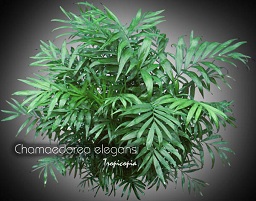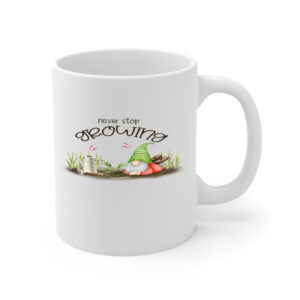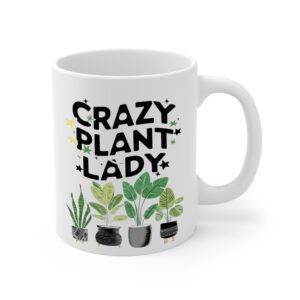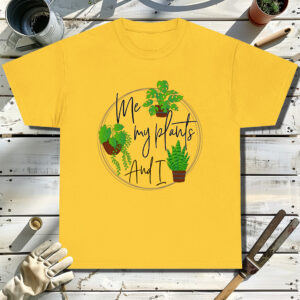Table of contents
Bella palm

Latin Name: Chamaedorea elegans
Category: Palm
Family: Arecaceae
Origin: Mexico
Climate: Tropical
Growing Zones: 11-11
Care Instructions
The Bella palm (Chamaedorea elegans) is a tropical plant that originates from Mexico. This palm plant belongs to the Arecaceae family and is well-suited for growing in USDA zones 11-11.
Complete Care Guide for Bella Palm (Chamaedorea elegans)
Watering Requirements
The Bella Palm, or Chamaedorea elegans, thrives in consistently moist soil but is sensitive to overwatering. It is essential to allow the top inch of soil to dry out between waterings. During the growing season, typically spring and summer, water the plant more frequently, about once a week, ensuring that excess water drains out of the pot. In the fall and winter months, reduce watering to every two weeks, as the plant’s growth slows down. Always check the moisture level by inserting your finger into the soil; if it feels dry, it’s time to water. Using room temperature water is ideal, as cold water can shock the roots.
Light Conditions
The Bella Palm prefers bright, indirect light but can also tolerate low light conditions, making it an excellent choice for indoor spaces. Direct sunlight can scorch its leaves, so it’s best to place it near a window with filtered light or in a well-lit room. If the leaves start to yellow or drop, it may be a sign that the plant is receiving too much direct sunlight. Conversely, if the plant becomes leggy or the growth slows, it may not be getting enough light. For optimal growth, consider rotating the plant every few weeks to ensure even light exposure on all sides.
Soil Preferences
The ideal soil for the Bella Palm is a well-draining potting mix that retains some moisture without becoming waterlogged. A blend of peat moss, perlite, and pine bark works well, providing the necessary aeration and drainage. It’s crucial to avoid heavy soils that can lead to root rot. Fertilization should be done during the growing season with a balanced, water-soluble fertilizer diluted to half strength every four to six weeks. In the fall and winter, reduce or eliminate fertilization, as the plant enters a dormant phase and requires less nutrient input.
Pests and Diseases
The Bella Palm is generally resilient but can be susceptible to common houseplant pests such as spider mites, mealybugs, and scale. Regularly inspect the undersides of leaves and the stems for any signs of infestation. If you notice pests, treat the plant with insecticidal soap or neem oil, ensuring to cover all affected areas. Additionally, overwatering can lead to root rot, a common disease in palms. To prevent this, ensure proper drainage and avoid letting the plant sit in standing water. If root rot occurs, remove the plant from its pot, trim away any affected roots, and repot it in fresh, dry soil.
Special Care Tips
To keep your Bella Palm healthy and thriving, consider the following special care tips: First, maintain humidity levels around the plant, as it prefers a humid environment. You can increase humidity by misting the leaves regularly or placing a humidifier nearby. Additionally, wiping the leaves with a damp cloth can help remove dust and improve photosynthesis. If you notice brown tips on the leaves, it may indicate low humidity or underwatering. Lastly, repot the plant every couple of years to refresh the soil and provide more space for growth. Choose a pot that is only slightly larger than the current one to avoid overpotting, which can lead to excess moisture retention.








